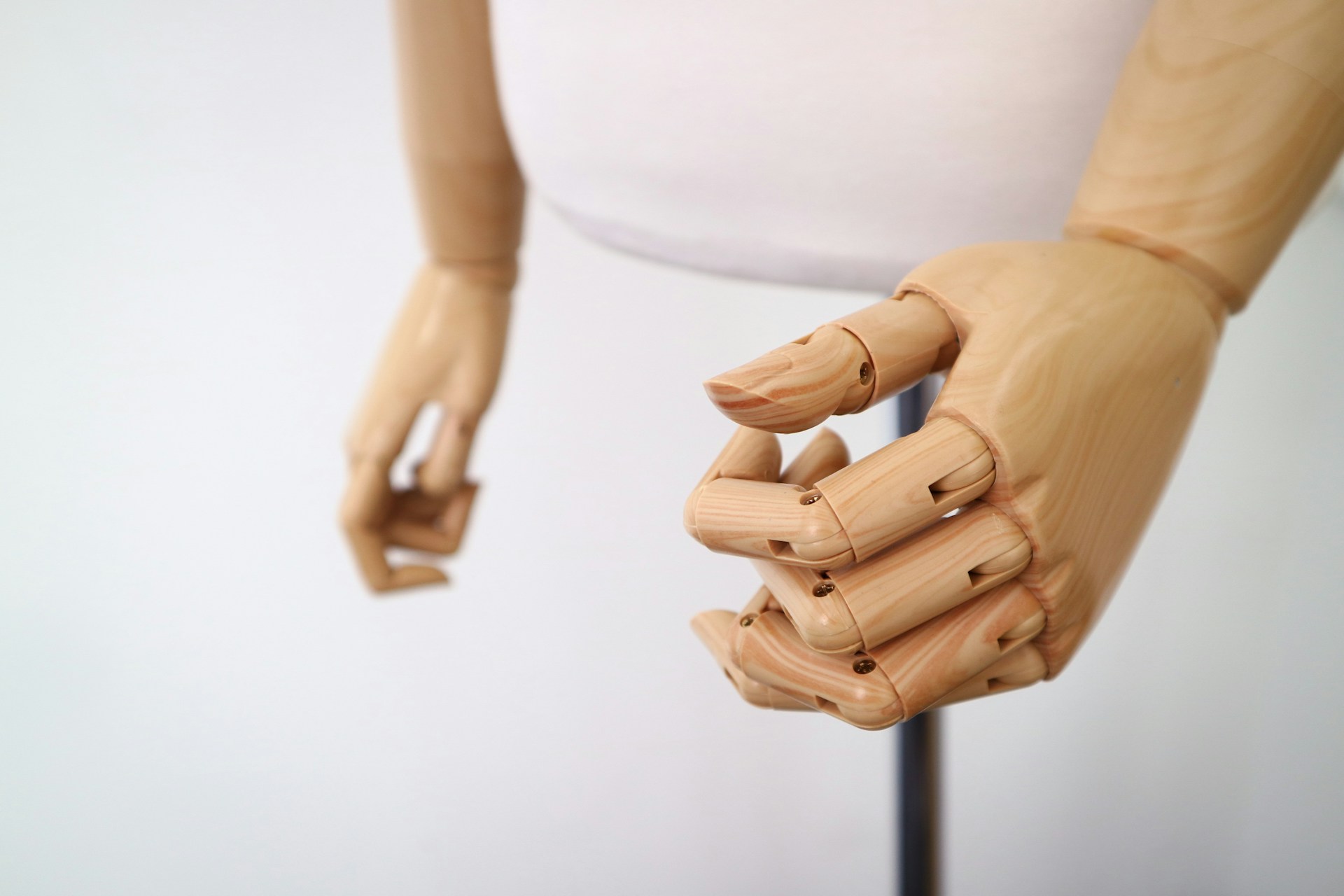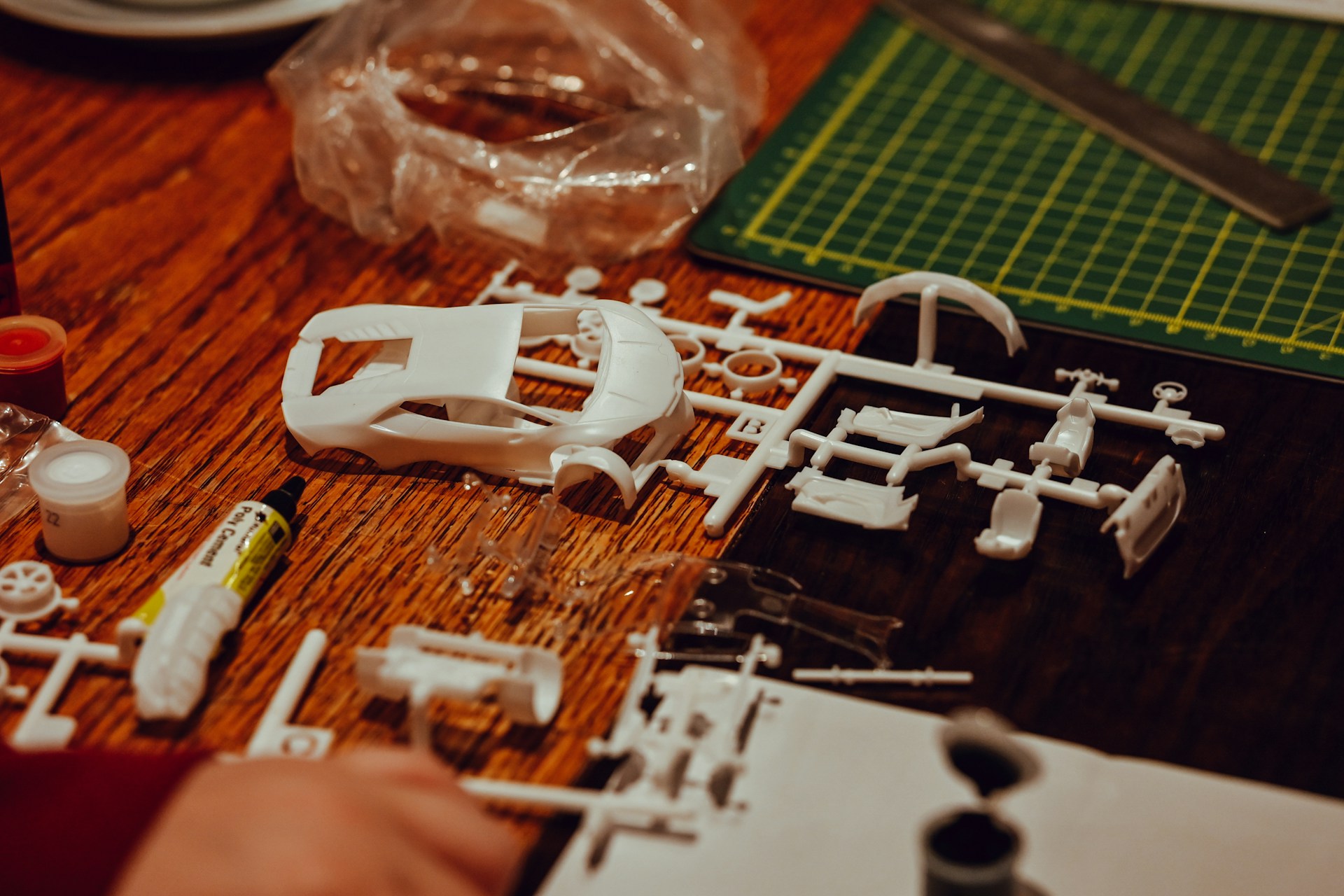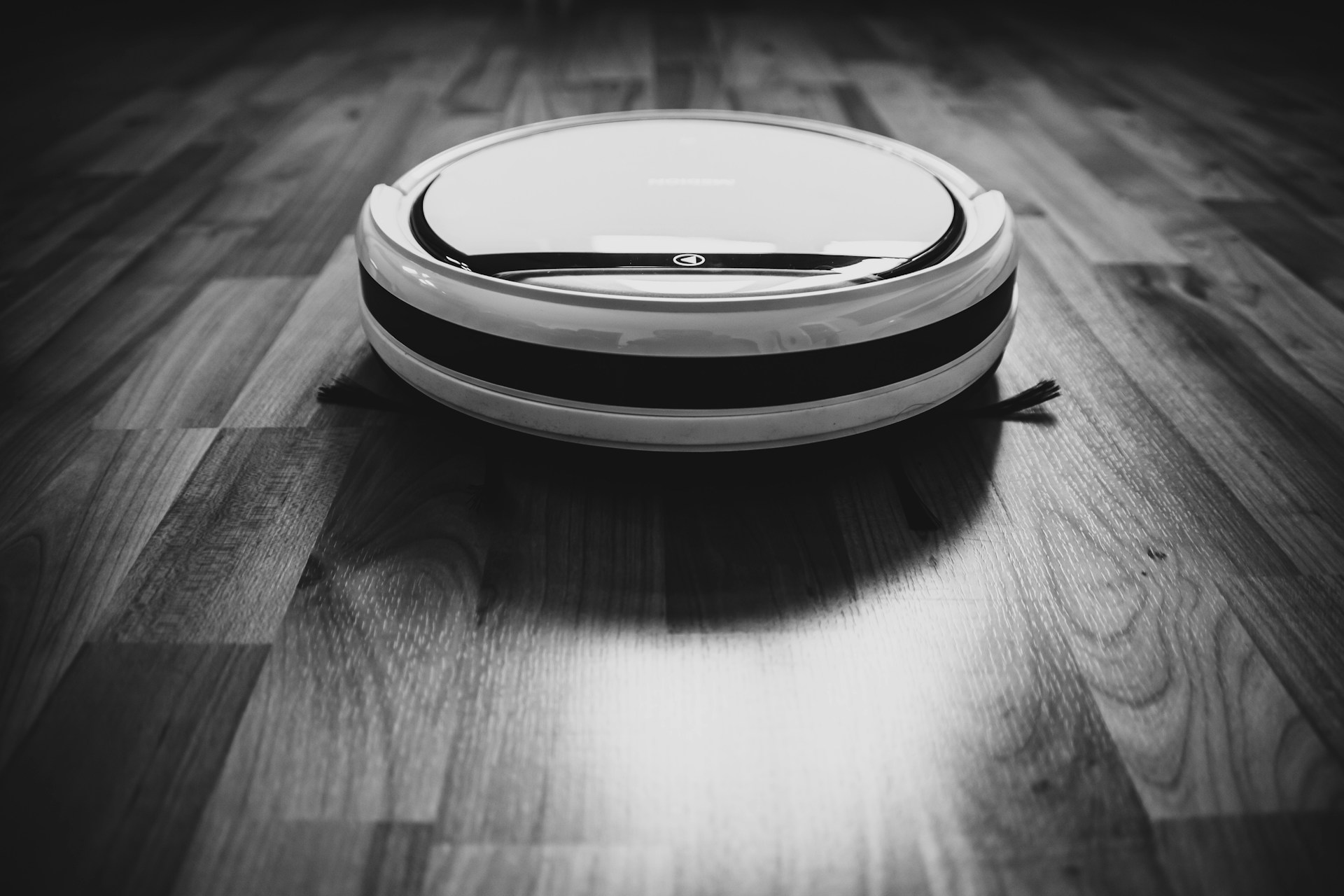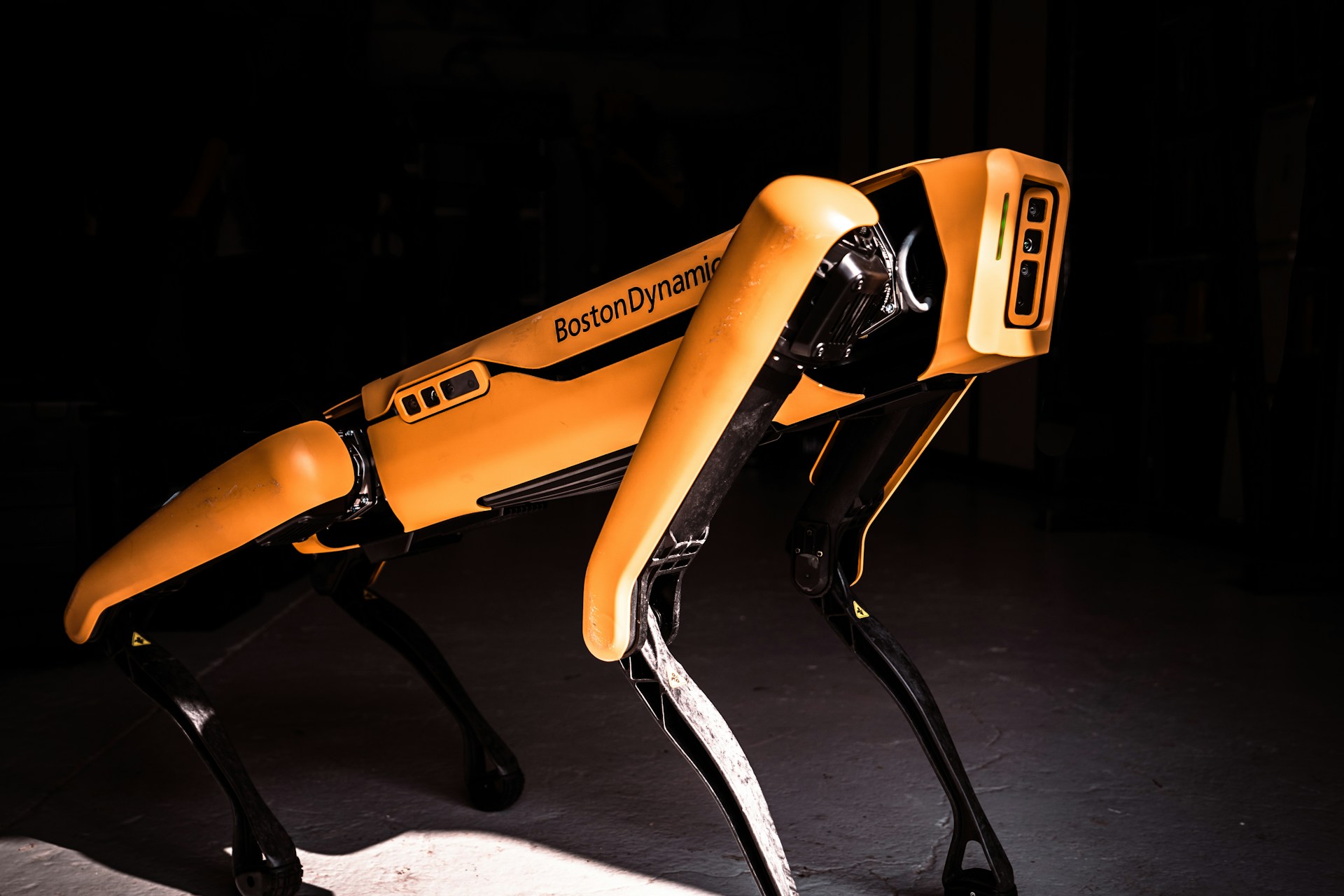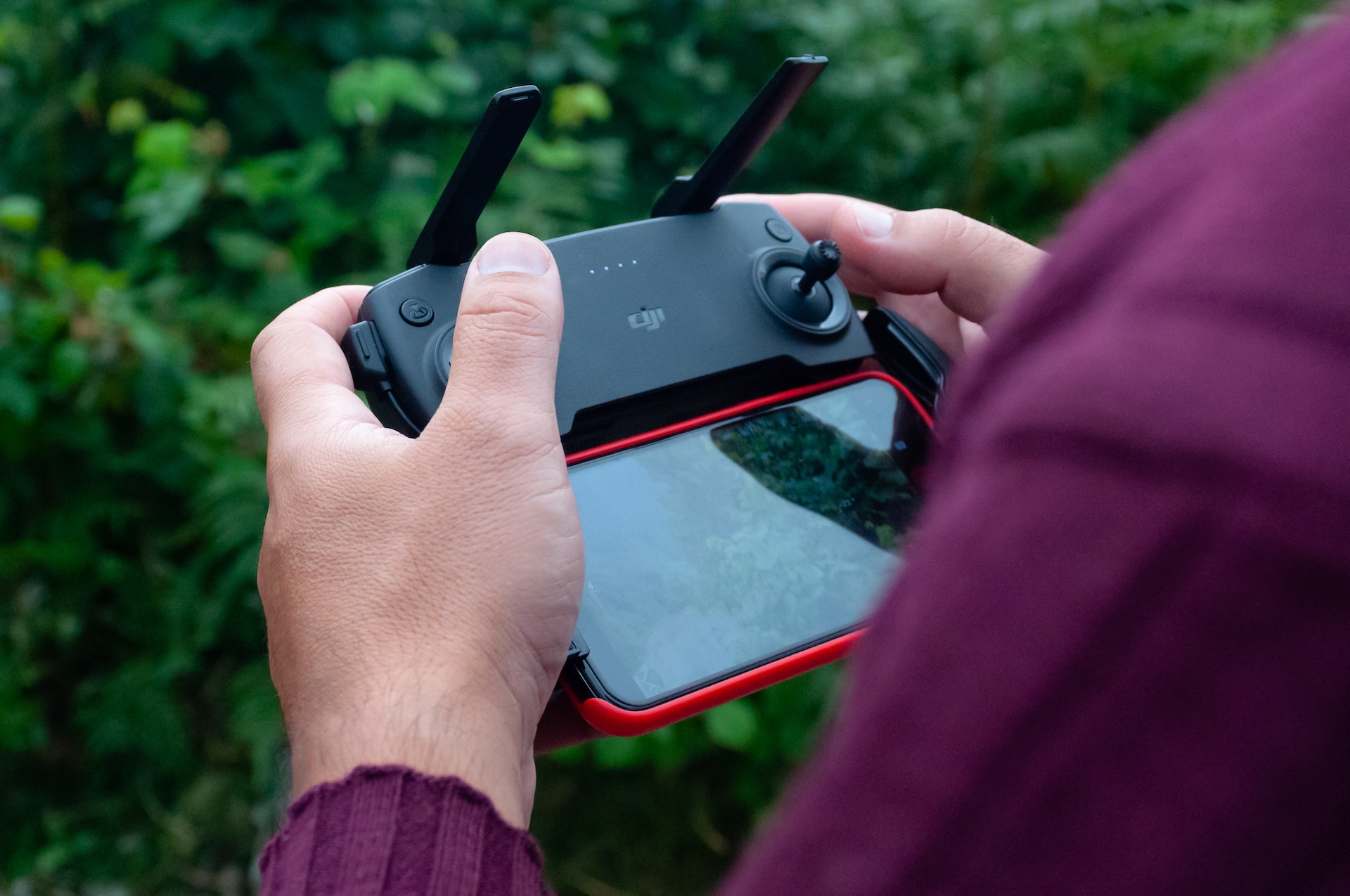
It’s a Bird! It’s a Plane! It’s…an Insect Drone?
August 2, 2023 - Ellie Gabel
Revolutionized is reader-supported. When you buy through links on our site, we may earn an affiliate commission. Learn more here.
Drone technology has taken off in recent years, with unmanned aerial vehicles (UAVs) getting smaller, sleeker and faster. What if they could blend right into the environment? Engineers are hard at work on insect drones that look like bugs. These tiny UAVs could be useful for everything from search and rescue missions to intelligence gathering, allowing people to access places they normally couldn’t. Here are six examples of insect drones in development.
1. Micromechanical Flying Insect
The University of California, Berkeley’s Micromechanical Flying Insect (MFI) project began in 1998. Taking inspiration from real insects, the MFI has two carbon fiber wings, a metal body and a control system. Ongoing changes to the design have made the drone smaller and more powerful over the years, giving it greater control during flight. Engineers are working on increasing its airframe strength and power density.
The drone, which is still in the experimental phase, has potential uses in military operations — perhaps it could infiltrate enemy camps or war rooms without anyone noticing. It could also help with space exploration or search and rescue operations due to its small size and adaptability.
2. RoboBee X-Wing
Harvard researchers have created a minuscule insect drone that looks somewhat like a virus with wings. At just a quarter of the weight of a paperclip, the RoboBee X-Wing is one of the lightest insect drones in development, sporting a wingspan of only 1.37 inches. Batteries are too heavy for it to carry, so this untethered UAV relies on lightweight solar cells to power its very short — just half-a-second-long — flights.
The solar cells generate energy and transfer it to a control board that operates two actuators. The actuators contract when a voltage passes across them. The result is a flapping motion not unlike that of a hummingbird.
Currently, the RoboBee X-Wing can’t generate enough energy from sunlight alone, so it needs the help of lamp light to set its four wings in motion. But future models might generate enough thrust to carry sensors, controls or perhaps even a battery.
Perhaps a swarm of these UAVs could help with environmental monitoring or even agricultural operations, such as pollinating crops or monitoring plant health. China already uses anywhere from 13% to 17% of its civilian drones for farming — the practice will probably be widespread in the future.
3. MIT’s Microrobots
Electrical engineers and computer scientists from MIT have developed a new manufacturing technique to create artificial muscles out of elastomer and electrodes. These low-voltage, power-dense soft actuators allow flying microrobots to hover for 20 seconds, the longest-recorded flight for a UAV of their size. The soft actuators — which researchers created by layering very thin elastomer with electrodes and rolling them into cylinders — give the drones a larger payload than other actuator designs.
These microrobots have four sets of wings and weigh about as much as a bumblebee. The UAVs can flap their wings almost 500 times per second, allowing them to hover and even do somersaults in midair. Perhaps these nimble insect drones could someday navigate through machinery to perform safety and functionality tests.
4. RoboFly
Engineers from the University of Washington have created a tiny, wireless UAV that flaps its wings like a dragonfly. It carries a minuscule onboard circuit that turns energy from a laser beam into electricity, powering its nimble flight without adding much weight.
A microcontroller acts as the insect drone’s brain and provides control over the wings. It sends voltage in waves to imitate the delicate, rapid flutter of actual insect wings.
So far, the robot can only take off and land. However, engineers hope to one day be able to steer the drone’s laser to power longer flights. Future versions of the UAV could use radiofrequency signals or small batteries to help it last longer.
One proposed use for RoboFly in the future is to look for gas leaks. A swarm of the tiny UAVs could search a house for the smell of methane, tracking down leaks using advanced sensors — and without putting anyone in harm’s way.
5. DelFly Nimble
Dutch researchers from the Micro Air Vehicle Laboratory collaborated with Wageningen University & Research to create the DelFly Nimble. They took inspiration from the aerial maneuvers of the humble fruit fly. With an appearance much like a bat, the insect drone can hover or fly in any direction by flapping its four transparent wings, giving it unprecedented control.
Previous versions of the drone had a tail. Engineers redesigned the UAV, and now its lack of a tail makes it very agile and easier to control outside.
The DelFly Nimble can carry a payload of up to four grams, potentially allowing it to hold a battery or additional sensors. It can fly at just over 15 miles per hour and can travel over one kilometer at a time. Impressively, the UAV can also perform aerial acrobatics, rolling 360 degrees along its pitch or roll axes.
This insect drone uses a tiny battery to power its short flights — it doesn’t have to stay connected to a power source. If battery technology improves, the DelFly Nimble could carry additional small batteries to stay airborne longer.
6. MetaFly
Unlike the other insect drones on this list, the MetaFly is a toy anyone can purchase. Sleek and futuristic, it’s a true ornithopter, a device that flies by means of wing flapping. The MetaFly puts Asian hornets to shame — it’s roughly the size of a seagull, like a wasp transported straight from the Carboniferous period.
The drone garners mixed reviews on Amazon. However, it’s still early days for wing-flapping, entertainment-oriented UAVs, and they will likely become more durable and less, well, buggy, as time goes on.
Insect Drones Are Making a Buzz
UAVs modeled after insects have several potential applications due to their maneuverability and discreet appearance. They could inspect machinery, search through the rubble after a disaster, look for missing hikers in hard-to-reach areas and serve as military spies. They can also be fun for children and drone enthusiasts, alike, to play with.
Though insect drones are still in development, the technology is getting better every day. Someday, mechanical bugs could be indistinguishable from the real thing.
Revolutionized is reader-supported. When you buy through links on our site, we may earn an affiliate commission. Learn more here.
Author
Ellie Gabel
Ellie Gabel is a science writer specializing in astronomy and environmental science and is the Associate Editor of Revolutionized. Ellie's love of science stems from reading Richard Dawkins books and her favorite science magazines as a child, where she fell in love with the experiments included in each edition.
